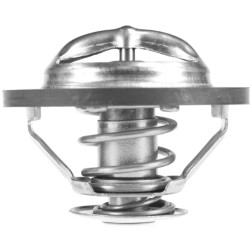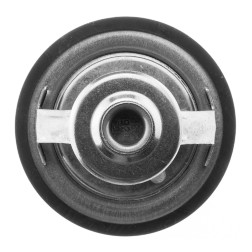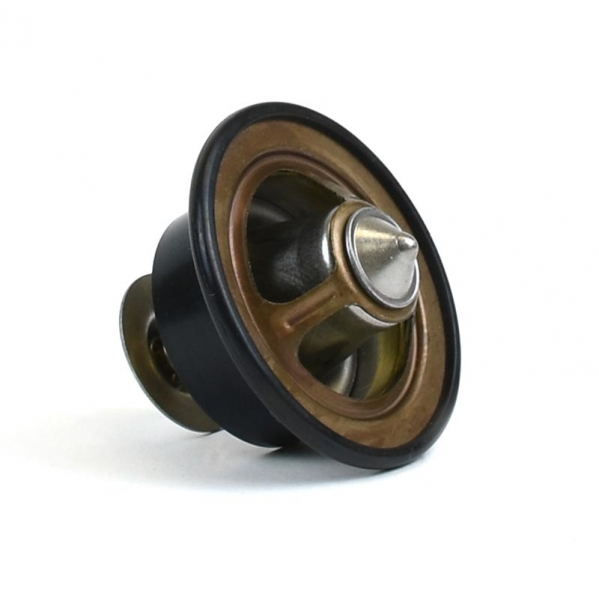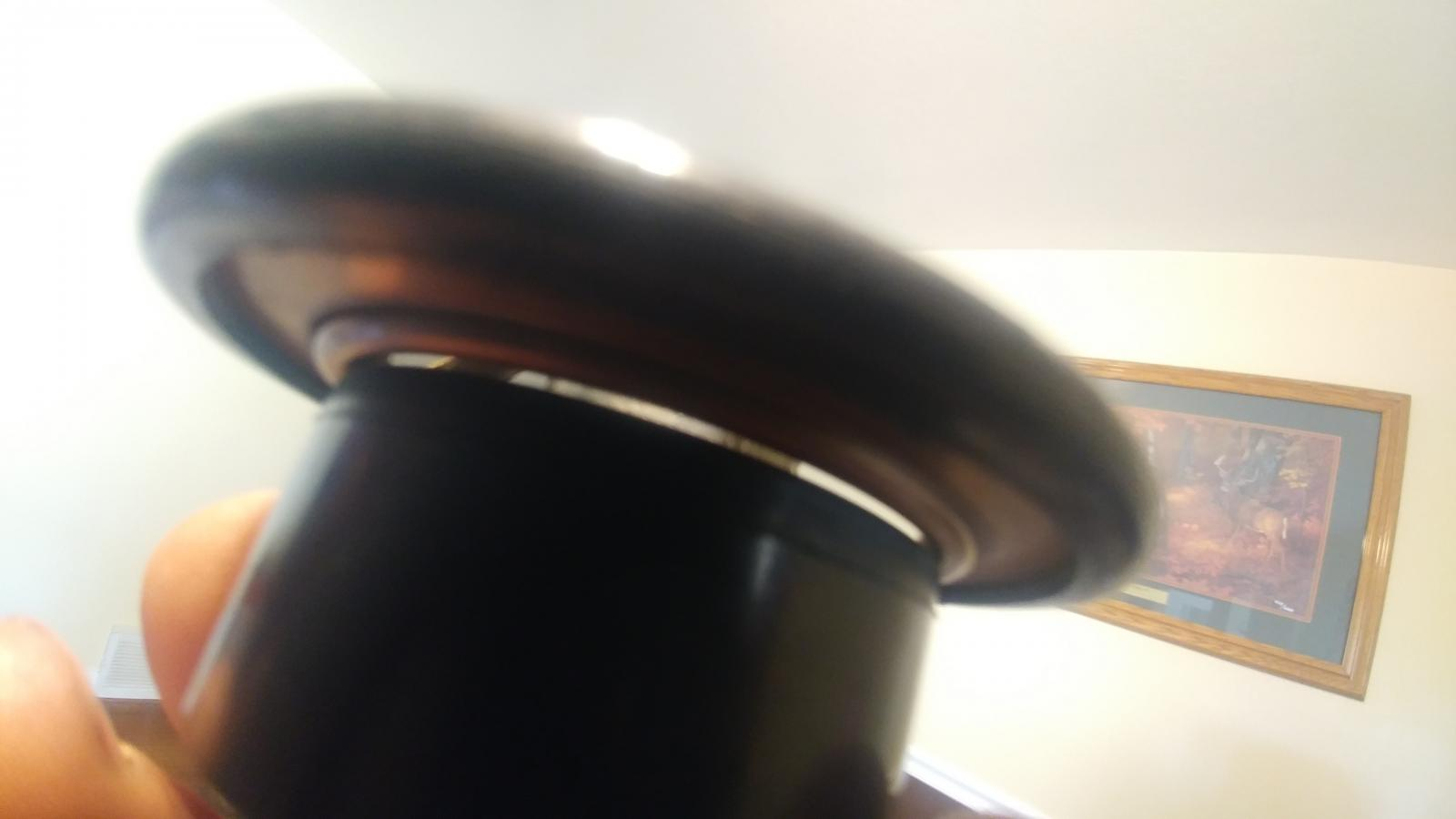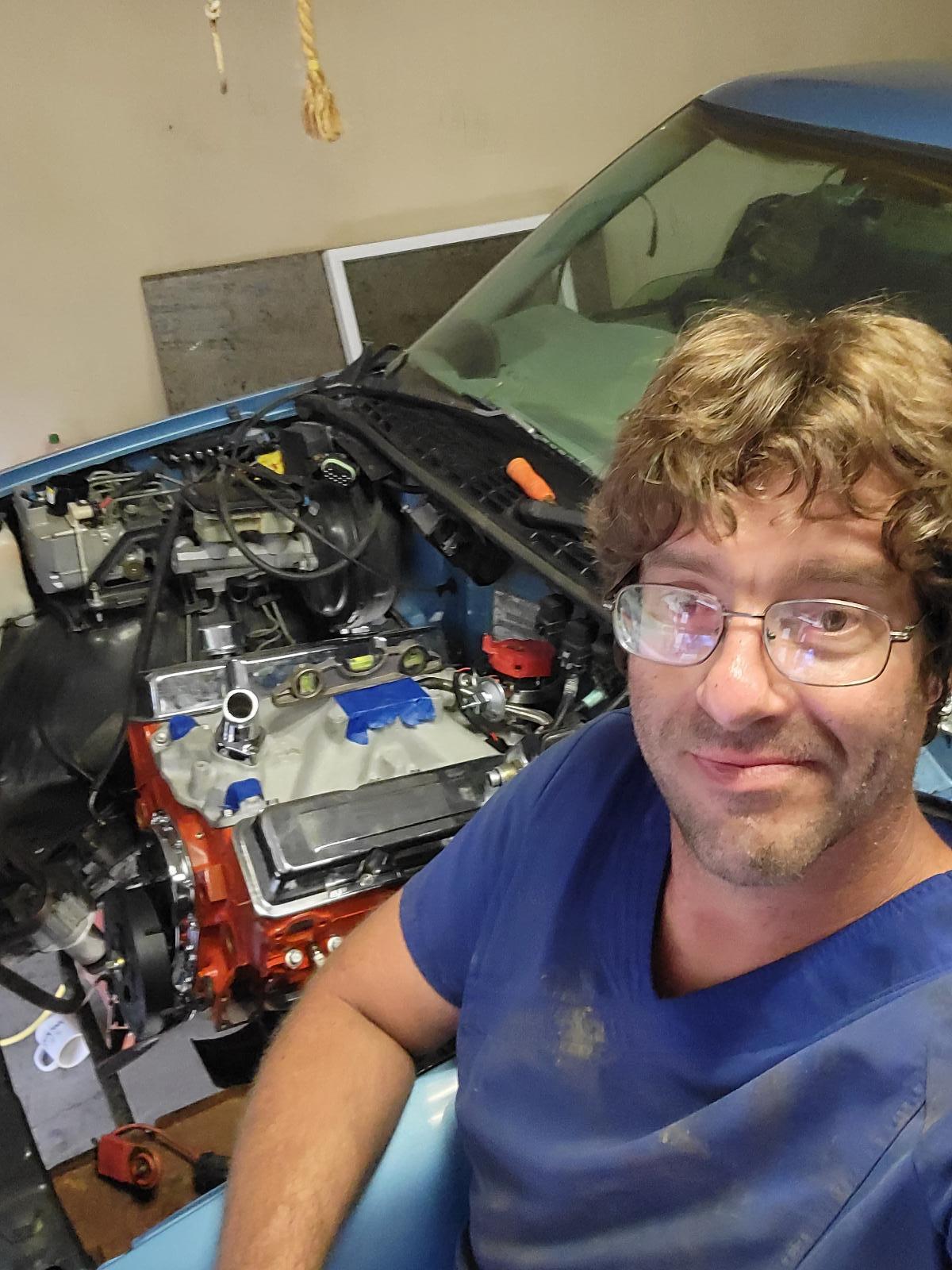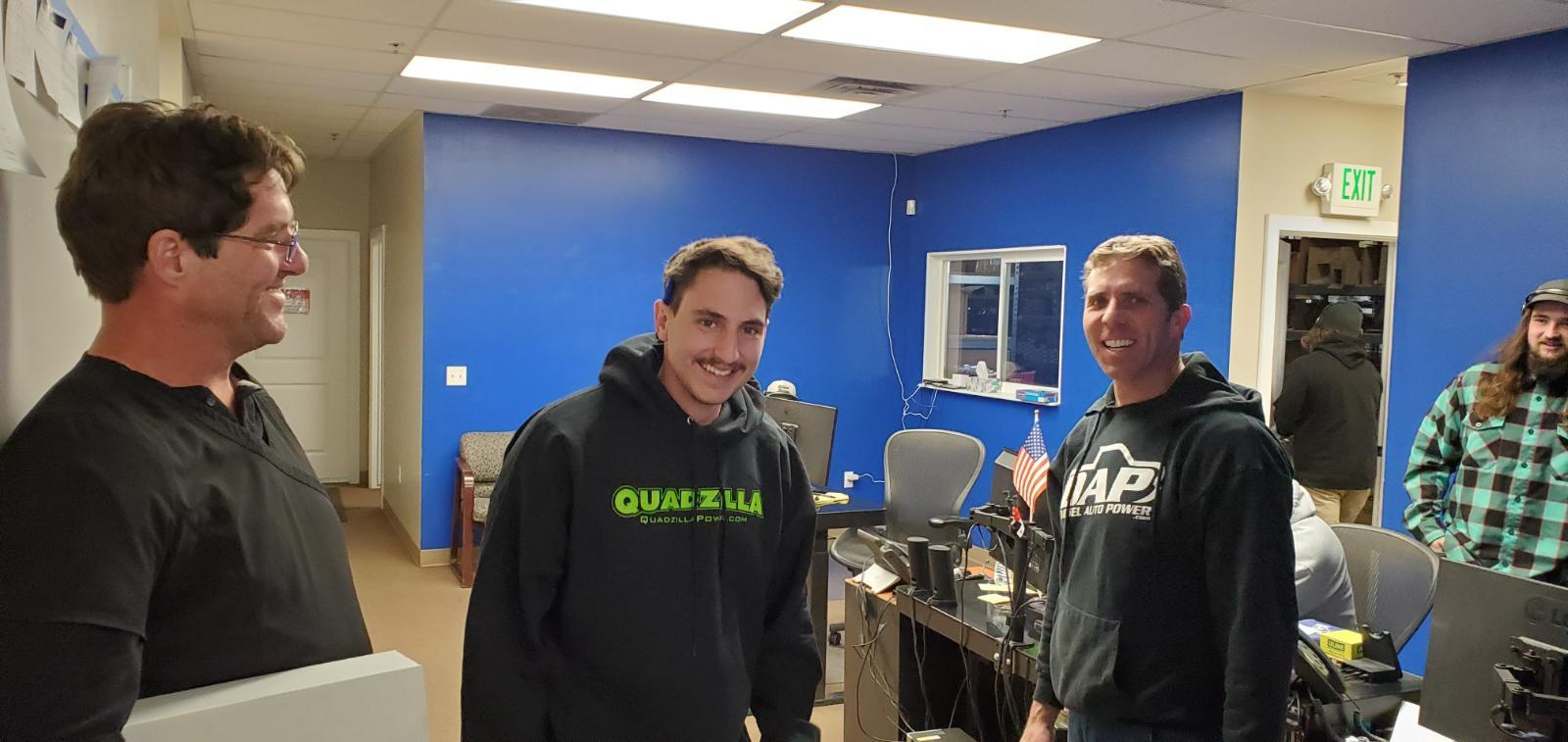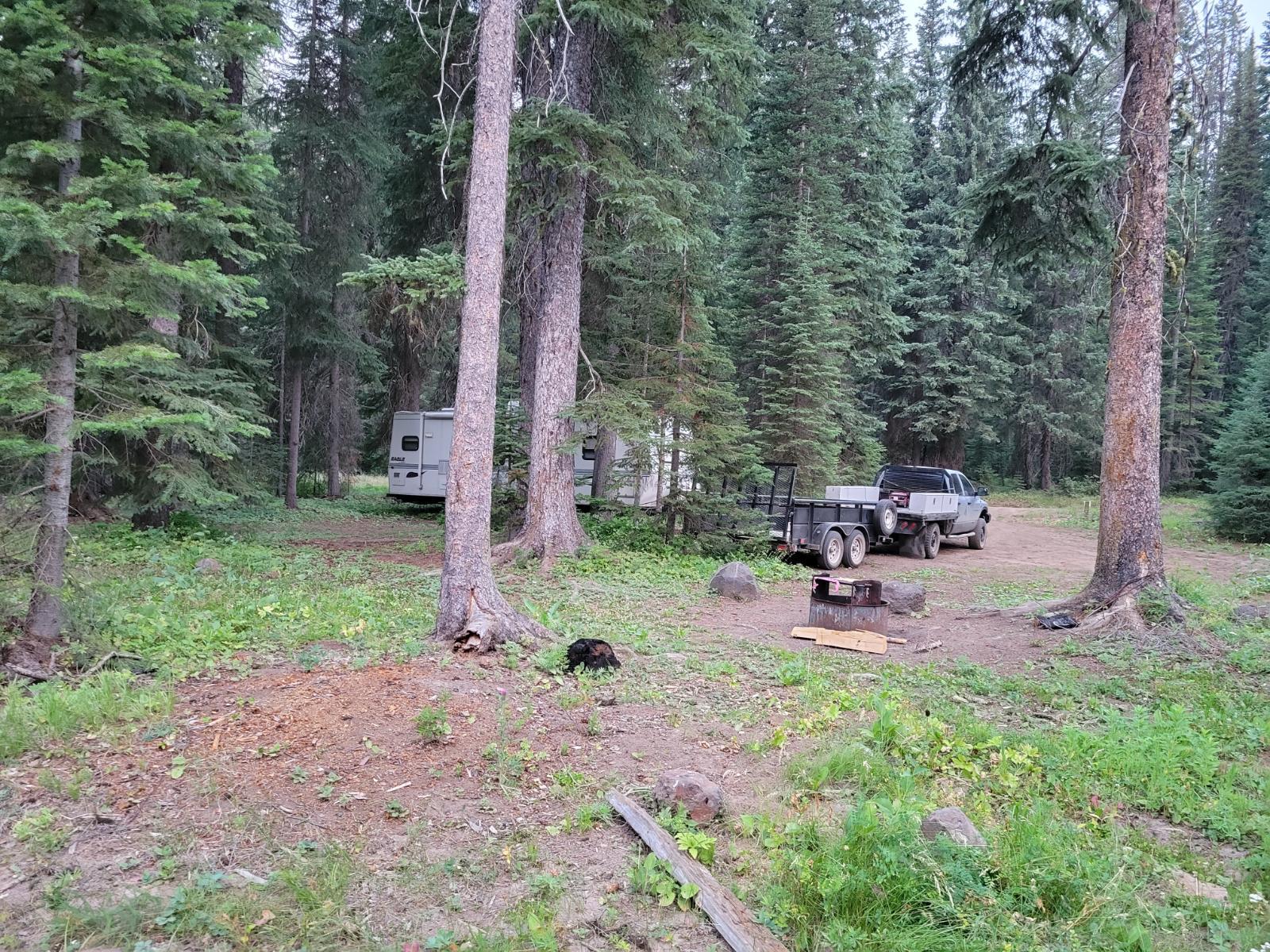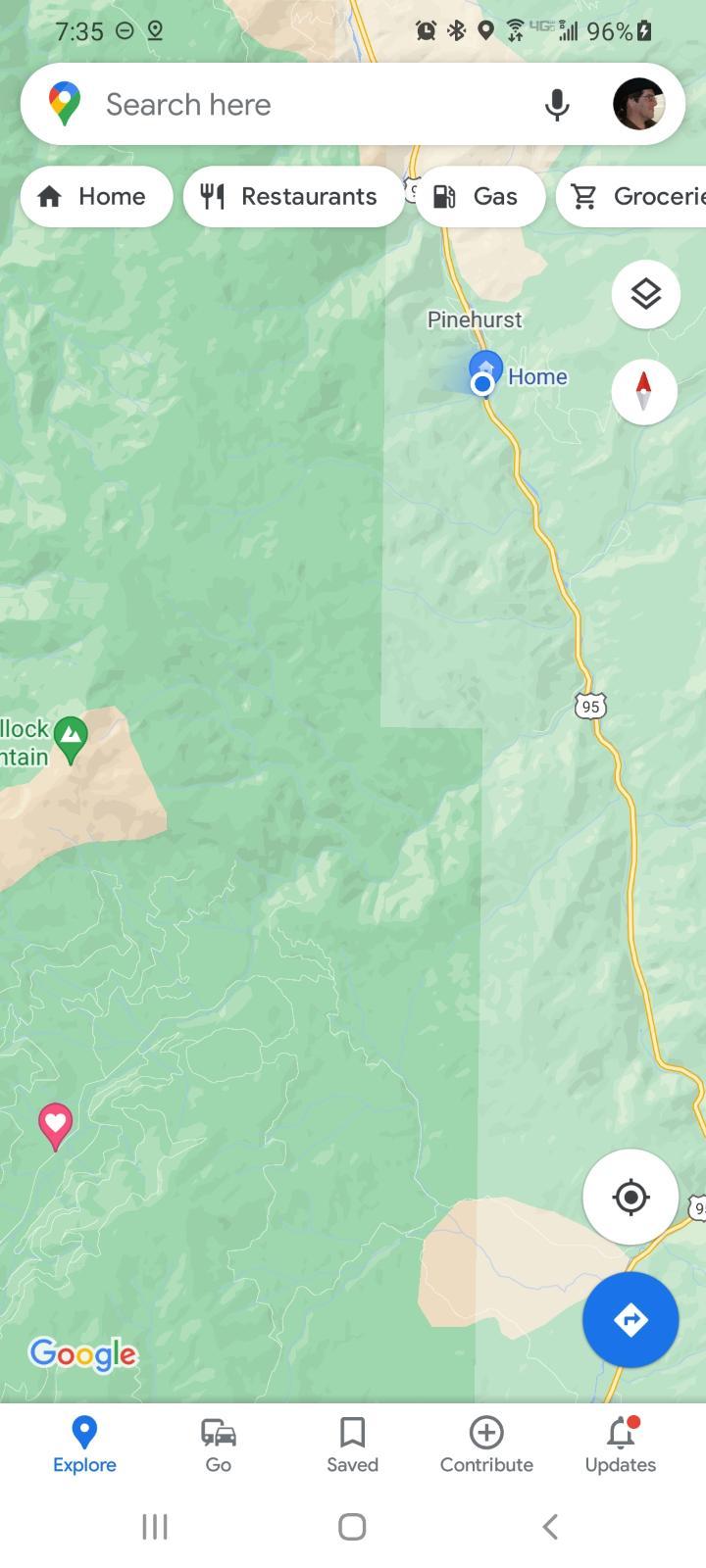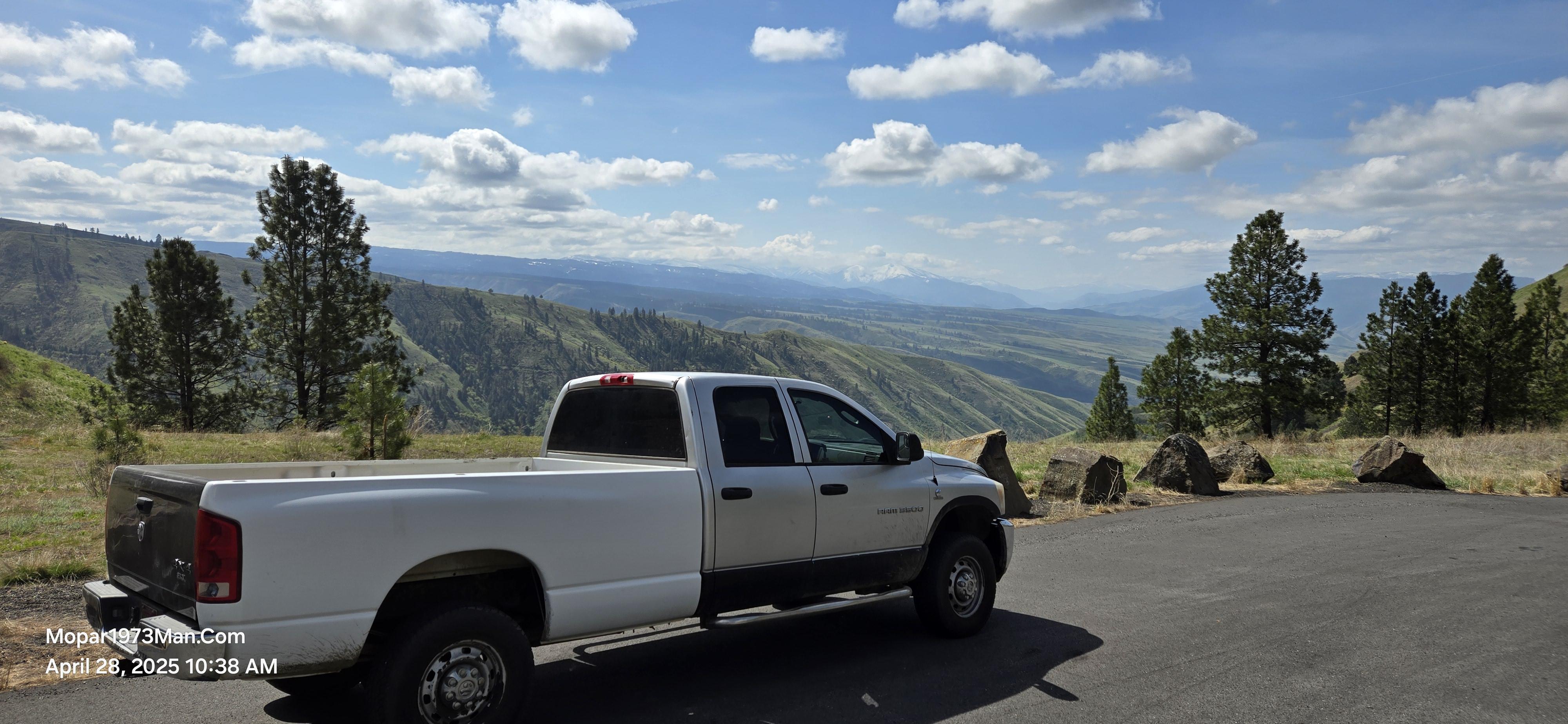
Everything posted by Mopar1973Man
-
Replacing head gasket
I normally don't rev to 3k. I'm typically shifting out by about 2,500 to 2,800 RPM. Depends on the tune and where your peek torque curve is. Freeze plugs blowing out I remember long ago a member on CF had hooked up a pressure gauge to the coolant jacket and the water pump could produce upwards of 40 PSI inside the coolant jacket and start pushing out the freeze plugs. Might look at large mouth thermostats. Like NAPA already upgraded and went away from the small mouth thermostats and upgrade to large mouth to reduce block pressures. Do NOT get the Cummins thermostat it is produced by Mr Gasket/Holley and it an old Robertshaw design and will split in half. NAPA THM PM1906245 Attributes # of Seals: 1 Brand: NAPA Flange Diameter: 2.272 in. Height from Flange: 1.102 in. Jiggle Pin: Yes Temperature Range: 190 Deg F NOT A QUALITY PRODUCT! -> Cummins 3946849 - Remember the body will split on these I've replaced now 5 of these thermostats for customers. Which results into this...
-
Need help diagnosing morimoto HIDs not working
Harness needs replaced for sure. Ballast I've got lots of hours from the 5 years of driving back and forth to Ontario, OR. Ballast will be fine most likely. The only thing that will shorten a ballast life if you upgraded to a bigger ballast and make the bulbs brighter which is an option but it not only wears the ballast out faster but the bulbs too.
-
47RE TRANS SERVICE WHAT FILTER STYLE TO USE W ATS DEEP PAN
Watching... Sad to say I've got no experience with deep pans. All my truck are manuals except for Lil' Red which is 46RE and just a 5.9L gas engine.
-
Summer time heat
Out here the only paved roads are the highway. Everything else is a dirt road. Now it been a long while since I had to travel back road to peoples places in the winter time. Remember last year the COVID had everything shut down. Then 5 years before that I was taking care of @MoparMomdialysis runs to Ontario, OR. This winter I might be out in the snow and ice much more. Bad enough I've got to make time to get to Param and buy my 17 inch wheels for Thor. Then I got a buddy in Riggins going to score me a good dealer on Hankook ATm's (265/70 R17) for Thor (2006 Dodge). As for The Beast I ran a lot of highway miles in the winter. I think the best thing to see is out running a lift Ford on 35 inch tires and I'm just cruising at 60 to 65 MPH with my tiny 30 inch (245/ 75 R16) tires. Snow as 9 inches deep un-plowed highway and still made a clean pass and keep on going. Yeah I was in 4WD but still this is way I love the pizza cutter better bite to the highway below. That Ford was fighting because he was floating on top of the snow and no traction. (Hankook ATm's 245/75 R16)
-
Lets see who you are!
I need to do another myself. Everyone here KNOWS I have I've got long hair... Down at a friends place building a 500 HP Chevy. Yeah if you been around me the last couple of years you also find me wear scrub top shirts. Greatest work wear and it all washes out. No stains... Rare photo indeed... Myself on the left, Marco (Quadzilla), and then Jacob Kidd (Diesel Auto Power). Get all 3 of us together! I actually visited the Diesel Auto Power Office and met all the crew.
-
99 auto immediately after refreshed injectors stalls when placed in D or R
You all need to talk to the our site transmission man... @Dynamic He even made a beefed up 46RE for me as well. There is things in Dynamic's products that you cannot get in DTT and other rebuilders.
-
Truck randomly dies. Please help, pulling my hair out, and loosing sleep!
That's fine to disagree... I just look from a different angle.
-
01 Dodge Cummins tach issue
Any error codes present? Did you check the cluster connectors in the dash? Is it the right cluster? As far as I know the 1998.5 to 2002 is always been a 3,200 RPM redline. Did you do a cluster test? Hold the trip button down and turn the ignition on, then release after the CHECK message.
-
Boost Issue
Best to test the MAP plug to the ECM plug. Ohm out the wires and verify the the wire are not broke first.
-
Summer time heat
Strange all the talk about wanting 2 LO on a CAD axle. In all the years I've lived in Idaho I've never really needed 2WD or 4WD LO range at all. Shoot most of the winter time I'm still in 2WD. Rare for me to even used 4WD HI. I'm not the type to bail into a muddy area blindly. I will look things over before proceeding. I look at the fact if I can do most of my travel in 2WD even offroad then I always got 4WD to free me in a bad spot. Even hauling my wood trailers and RV. Like right now I've still got my RV up at Smokey Boulder Road. I towed it in 2WD up 14 miles of dirt roads. Then I'm going to hitch up my utility trailer and head up and go wood cutting. Even hauling that trailer up some of the rough nasty road I've never needed LO range ever. Last weekend... My 2000 Jayco and my 2013 BigTex Trailer. Red Heart Icon is the camp spot from the highway...
-
New 2022 3500 Dodge Tradesman 6.7 HO Aisin ordered and coming in the fall ???
Kind of like the 2006 vs 2002 Dodge's I've got. The 2006 I love the auto exhaust brake function. I can set my cruise and the ECM controls the exhaust brake on long downhill runs. Where the 2002 is totally manual and you have to manage speed on your own. The 2006 has 3.73 gears which I'm happy with but got to get rid of the lift kit and these 18's wheels. Good power but no where near what the 2002 Dodge will do. As for the full back seat it just a bigger junk collector than my 2002 with the Quad doors. As for the 2002 its tuned with the Quadzilla and does way better on MPG's over the 2006 Dodge. Better power, 5 speed less shifting gears, injectors are a fraction of the price. Suspension on the 2002 is way better and hauls weight better.
-
Replacing head gasket
Nope... Never have. Matter of fact the last time I had the head off the freeze plugs are still like new and not even rusted on the inside yet. My current head gasket failed as the composite material let got and got pushed out the front causing a coolant leak.
-
2006 Dodge 3500 - MPG
Well as soon as I get time I'm going to... Get a set of 17 stock wheels I've got a deal for $150 in Parma, ID for wheels Get a set of 265/70 R17 tires I've got a bid in for about $1,000 for a set of Hankook ATm Take out the 2 inch lift kit in the front. (Thrust angle is wrong). Funny thing lately the tach is coming back on its own and start to function properly for short time. When I seen that I'm not much different from what the 2002 is gear wise. I'm look towards actually getting back to the stock size and take full advantage of the 3.73 gears with all the weight. Heavy front steel bumper and a heavy steel flatbed, then all the tools in the tool boxes. Biggest thing I'm fighting is my trip back and forth up Goose Creek grade (7% at 45 MPH). The other small issue is the wastegate solenoid is failing and randomly will trip a P0243 code. This is defualing and keeping me held back ot a mere 20 PSI of boost. EGT's easily cross the 1,300 to 1,400*F realm. I'm not even towing yet.
-
Summer time heat
Never thought there would be any savings between free spin hub for the price.
-
*Do Not Buy from CPP Diesel*
Might be a time to create a write up of quality dealers for parts. Me personally I use... Diesel Auto Power - https://www.dieselautopower.com/ RockAuto - https://www.rockauto.com/ Vulcan Performance - http://www.vulcanperformance.com/ NAPA (McCall, ID)
-
Suggestions for injectors, turbo, head gasket.
@Me78569 had a VGT retro fit on his truck. Worked super good.
-
Rv/Solar install
Just don't mount the panels to the roof of the RV. If you park the RV in the shade the solar won't work. Best to have the panels free standing and not on the roof. I've got my panels as free standing and I can chase the sun with the panels but the RV can be parked in the shade.
-
Replacing head gasket
Most likely head curl. If you have stock head bolts the bolts will stretch and mine started coolant at the rear passenger side of the head. Make sure to have the head machined true flat again.
-
Truck randomly dies. Please help, pulling my hair out, and loosing sleep!
I've got lights too but don't even draw a full 10A for all of the lights. Look toward energy efficiency. Still in all a massive 270A alternator is going to draw down more horsepower. I'd rather reduce loads than adding bigger alternator.
-
Need help diagnosing morimoto HIDs not working
Nothing being if the bulb is good should be consumed by the bulb.
-
Thinking about getting a 3rd gen.
As far as I know the regen will still occur but much much less... EGR is turned off and not used. No codes will be thrown.
-
Truck randomly dies. Please help, pulling my hair out, and loosing sleep!
Upgraded alternator not needed. Just need to do the W-T ground wire mod to make things right with AC noise.
-
Oil drip on Driver's side (problem?)
I've got vacuum pump kits on the store. Easy to do and maybe an hour of work. Even got a article on how to do it.
-
Replacing head gasket
There is lots of tiny freeze plugs in the head at the corners. Rotten freeze plugs are only caused by one thing. Bad coolant and lack of changes. To this day my freeze plugs look new and not even rusty looking inside or out at 432k miles and counting on the 2nd Gen.
-
Create Quadzilla V2 Tune With Low End Response/ Torque Management Reduction Like Smarty S03
Timing to too advanced.... 1500 - 13 2000 - 17 2500 - 21 3000 - 25 MAX is not what you think it is. You can control the maximum cruise timing with max. Like I typically set it down a bit lower to kick the cruise timing out by about 2,000 to 2,500 RPM so if you reduce that you can force cruise timing to cancel and jump back into the performance timing. This is a good launch timing. 13 degrees with take another retard when the low boost timing rolls in it could pull down to about 10 degree on a heavy pedal. Retard pushes more fire out towards the turbine and spools the turbo up easy. Starting at 15 degrees there isn't enough retard to spool so it now launches with low power. Quick power need a quick deep retard of timing, spool up get up on boost now switch to performance timing being above that you pull more torque around 2000 so now you get up to speed you can drop +3 degrees for cruise timing at 2k and that will be 20 degrees of cruise timing. Fuel curve is setup to be smoke free but since I got quick spool up the defuel side is just for smoke but once I'm performance timing it will continue to build to the 15 PSI and now both the CanBus and wiretap build together making some serious power. Where like most they ramp up from the bottom which now the CanBus and WireTap are at different stages of power. Best to ramp together for the most power but not from 5 PSI... Not good...



